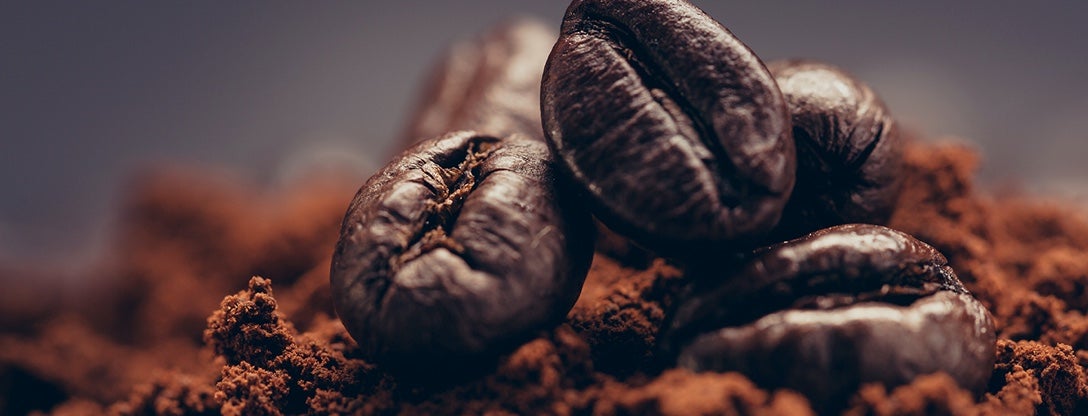
Single-origin. Microlots. 90 points. Shade-grown. If you’ve just dipped your toes into the specialty coffee world, these words might sound like reading a coursebook on Martian farming.
Or, some smarty-pants marketer’s way of hoking up a half-pie product to make you want to buy it.
Specialty coffee—the real deal—is nothing of the sorts. There’s science, passion, and ethics behind what started as a humble movement and grew to represent 50% of today's global coffee trade value.
Come with us on a trip to the world of high-end brews. Learn what it takes to score 90 points on the coffee point scale, and why only a fragment of all coffees make it to this hall of fame.
And most importantly, why it’s not a marketing stunt, but a fair and sustainable way of coffee farming.
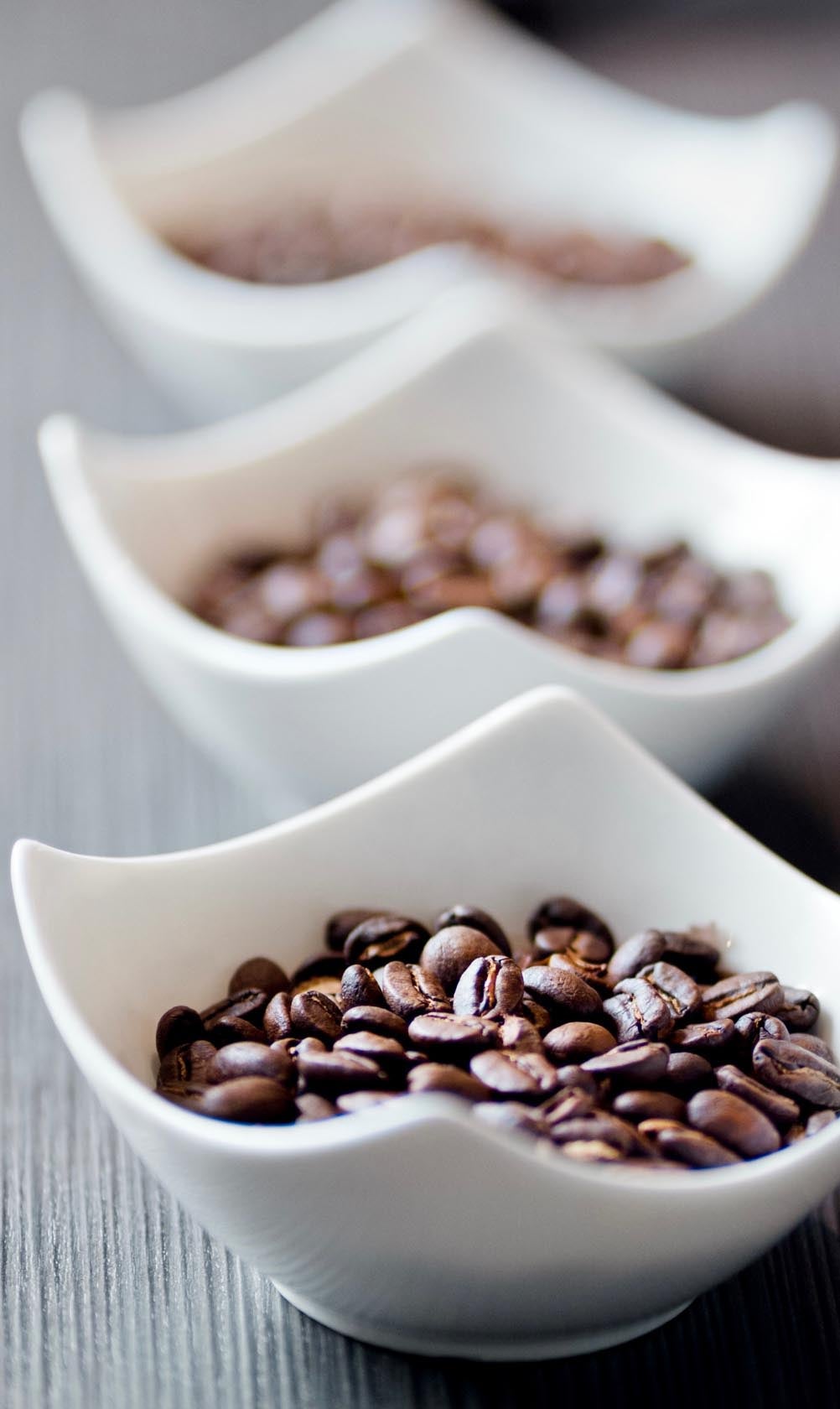
WHEN DID THE SPECIALTY COFFEE MOVEMENT BEGIN?
As with many things in life, great things happen when a wise person takes a kindling idea and wraps it into a name. With specialty coffee, it was Ms. Erna Knutsen—the first woman ever to be allowed into a cupping room.
Ms. Knutsen was the first person to use the term specialty coffee in an interview for the Tea & Coffee Trade Journal back in 1974. She used it to describe top-quality beans produced by small farms in unique microclimates.
She did that at a time when coffee consumption hit rock-bottom levels. Why? Americans were gulping instant coffee because the quality of commercial brewed coffee was so scarce that nobody could tell the difference between the two.
So Ms. Knutsen paved the way in connecting consumers willing to pay more for a better cup of joe with small, specialty coffee farmers.
SPECIALTY COFFEE INDUSTRY TODAY
-
Today, the specialty coffee industry has grown considerably from its humble beginnings.
-
An important metric that has been steadily rising is the share of Americans who don’t drink premium coffee occasionally but have made it their daily ritual.
-

As things stood two years ago, the share of specialty coffee segment made up already 56% of the $87 billion coffee market in the US alone.
-

In 2001, only 14% of coffee-loving Americans enjoyed specialty coffee daily.
-

In 2017, the figure rose to a staggering 41%.
This happened largely thanks to growing consumer demand, combined with firm support in research and development driven by international associations, most prominent of which is the Specialty Coffee Association (SCA).
SPECIALTY COFFEE IS A VIRTUOUS CYCLE
-

FARMERS & FARMING PRACTICES
To produce excellent coffee, farmers must continuously invest in developing sustainable practices. High-quality Arabica is challenging to grow. And to achieve such flavors and consistency, it must be shade-grown at 5,000 ft (1,500 m) and higher.
-

BUYERS
At the midpoint of the cycle, coffee buyers connect demand with supply. Buying prices need to secure a decent wage for the farmers, allowing them to reinvest the profit in developing better and more sustainable farming methods.
-

YOU
Your willingness to pay a premium for a high-quality cup of coffee.
With your help, specialty coffee has come a long way from its modest beginnings. With every cup you enjoy, you’re proving that sustainability, economic feasibility, and healthy growth can coexist.
SPECIALTY COFFEES: THE DEFINITION
-
To be graded as specialty, coffee has to comply with strict rules that define its origin and its farming practices.
-
Once those are ticked off, it gets graded by expert samplers.
-
If it receives an adequate score, it can enter the specialty coffee rank.
SO WHAT ARE THESE FACTS, AND WHAT DOES THE SCORE TELL US?
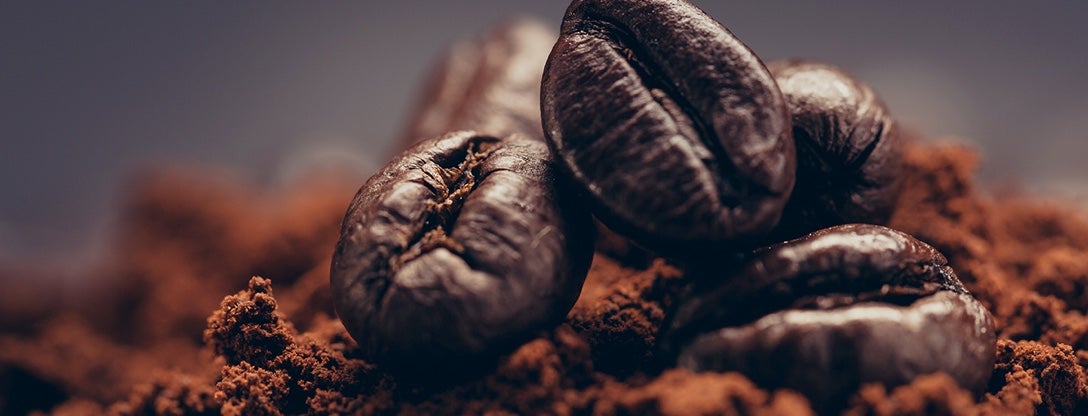
WHEN DID THE SPECIALTY COFFEE MOVEMENT BEGIN?
The coffea family of plants counts over 120 different species. But nearly all of the global coffee production comes from only two types: the Coffea Arabica and the Coffea Canephora, also known as Robusta
Arabica is difficult to grow, but it contains almost twice the concentration of sugars and 60% more lipids. Which is why it can develop a much wider variety of flavors.
Besides the taste issue, there is another reason why Robusta can’t make it to the specialty hall of fame. This species has been overly exploited in industrial coffee farming, which prefers quantity over quality. The opposite of what the specialty coffee sector is advocating: fair trade and sustainable farming practices.
True, this speciesism tastes awful. And indeed, there have been some recent developments in raising the Robusta bar. But Arabica’s cousin has a long way to go before it peels off its commercial-grade traits and starts competing in the specialty rink.
So for now, bags that say “blend” or “x% Robusta” at the back are commercial grade coffee, even if the front side yells gourmet, green, or 100% Guatemalan at you.
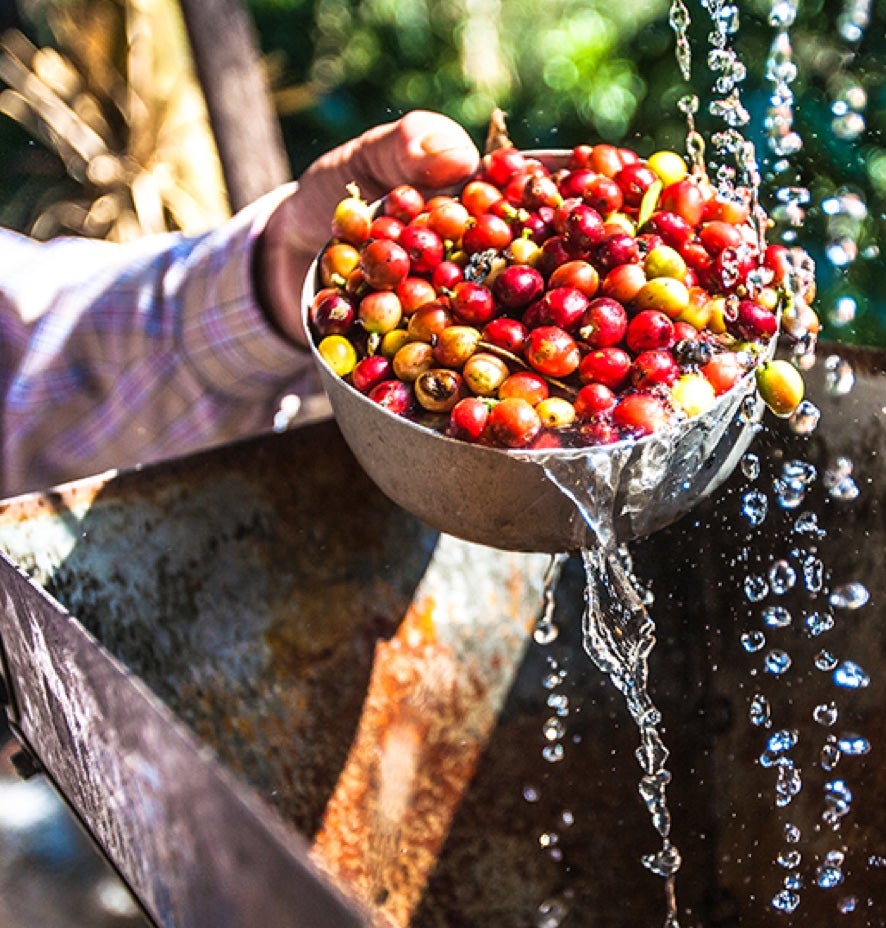
FACT NO. 2: SPECIALTY COFFEE BEANS MUST BE HAND-PICKED
To speed up production and reduce costs, industrial coffee farming uses machines in coffee harvesting.
But no gizmo can recognize the difference between a perfectly ripe and an unripe coffee cherry. So what you get in your bag of supermarket coffee is a mix of coffee beans and would-bes.
Specialty coffee beans are hand-picked by farmers who have crafted their experience through knowledge handed down through generations of trials and fails. They can recognize when the cherries of a given cultivar are at their ripest spot and pick only those.
And boy, can you taste the difference.
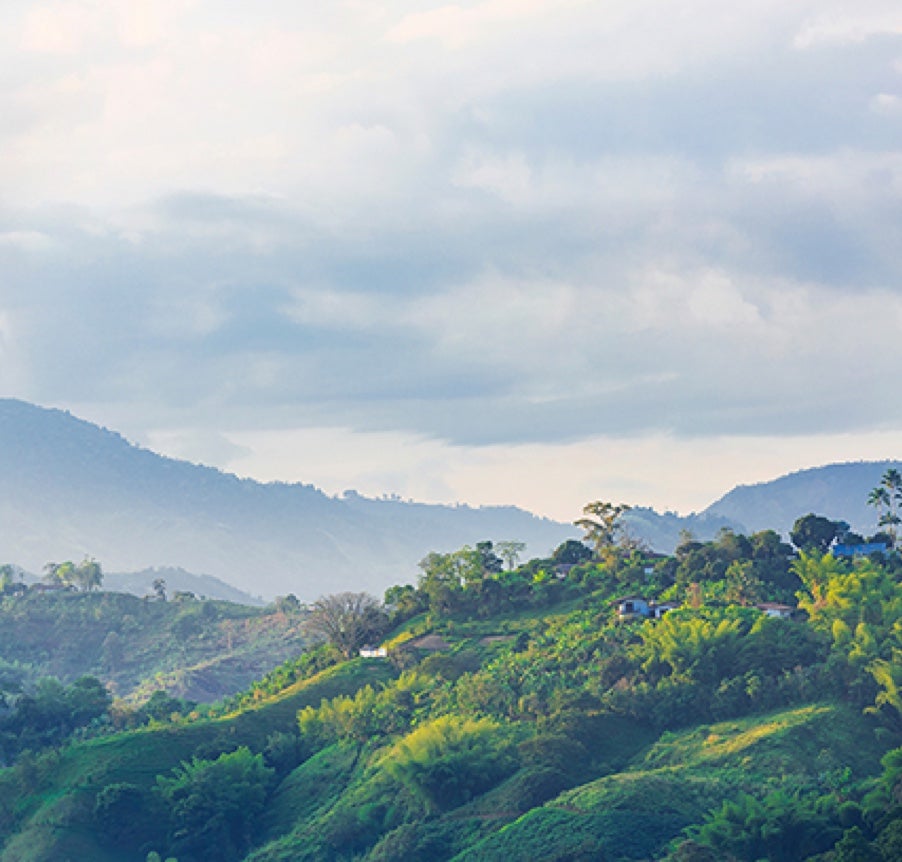
FACT NO. 3: SPECIALTY COFFEES ARE STRICTLY SINGLE-ORIGIN
Like every living thing, coffee grows differently each year. Weather conditions, soil quality, and other factors influence its yield. Commercial-grade farming cannot depend on this moodiness. That’s why it mixes coffee sourced from different places. This blending ensures the big coffee brands can always meet the demand, making the coffee taste flat.
On the other hand, specialty coffee is sourced from a single region and you should always be able to trace its origins. This way, its particular characteristics—its story, if you will—comes through with every sip. If a given region produces sweet and fruity coffee beans, you will be able to taste it.
But even Starbucks offers “Single-origin Sumatra” coffee. So the search for the real deal doesn’t stop at the country-level. Your beans might come from Sumatra, but did they grow on the sunny or shady hillside? Was it farmed at 5,000 ft (1,500 m) above sea level, or was it close enough to the beach to catch the sea breeze?
If you want to go even further in discovering the fantastic flavors, narrow down even further: look for micro lots.
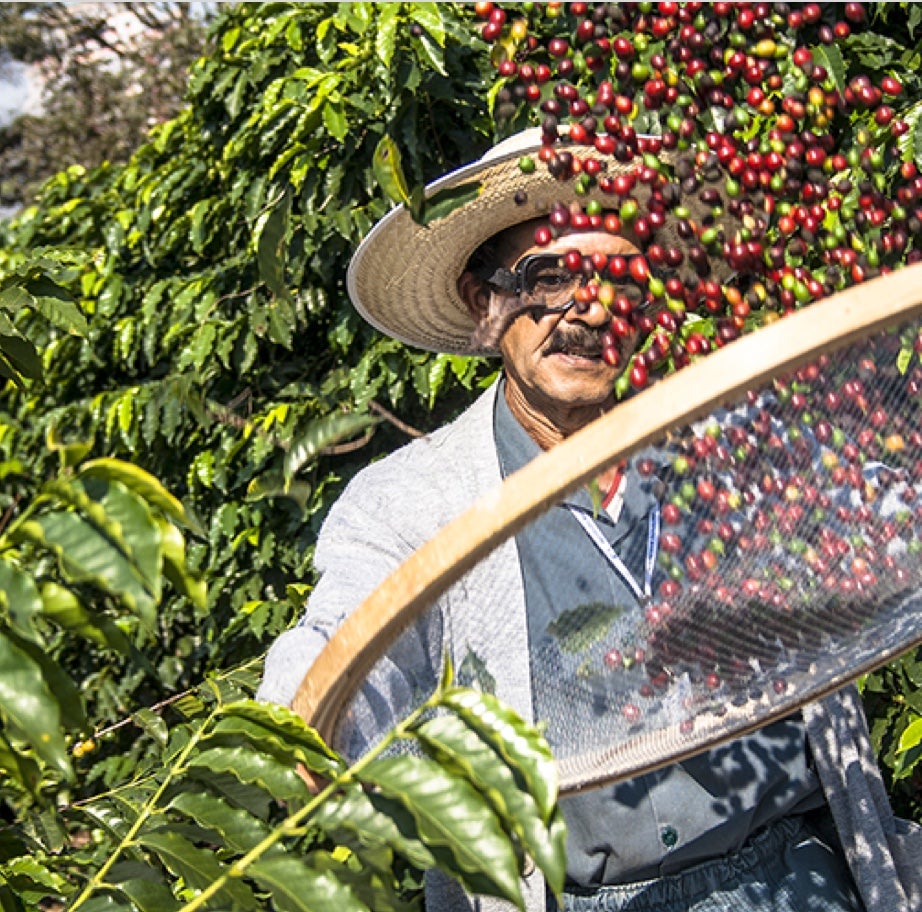
FACT NO. 4: THE BEST SPECIALTY COFFEES? SINGLE-CULTIVAR MICRO LOTS
We mentioned earlier specialty coffees come from just one plant species, Arabica. How can farmers grow one coffee with such a distinct cherry flavor, while another will give hints of Earl Grey? By narrowing down the coffee to be traced back to a single cultivar from the same micro lot.
While varieties are naturally-occurring mutations, cultivars are plants that have been man-shaped through years of reproducing the most desirable traits. The same coffea arabica that originated from the Ethiopian mountains was farmed differently in other regions of the world, giving birth to new cultivars like Bourbon and Typica.
When a coffee cultivar is grown on the same farm, shade-grown under the same trees, harvested the same day, and processed together as one lot, we call it a micro lot.
Naturally, these specialty coffees are very limited. But they bring out the best flavors and qualities in the coffee. No wonder why they consistently score 90 points or above on the coffee quality.
Speaking of which, let’s look at the scoring process.
FACT NO. 5: COFFEE GRADING & THE COFFEE QUALITY SCORE
For coffee to be considered specialty, it has to score 80 points or higher on the cupping score assessment. To find out more about this process, head over to our coffee quality score guide.
